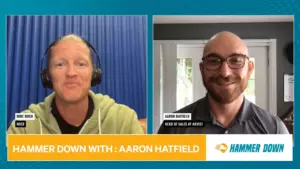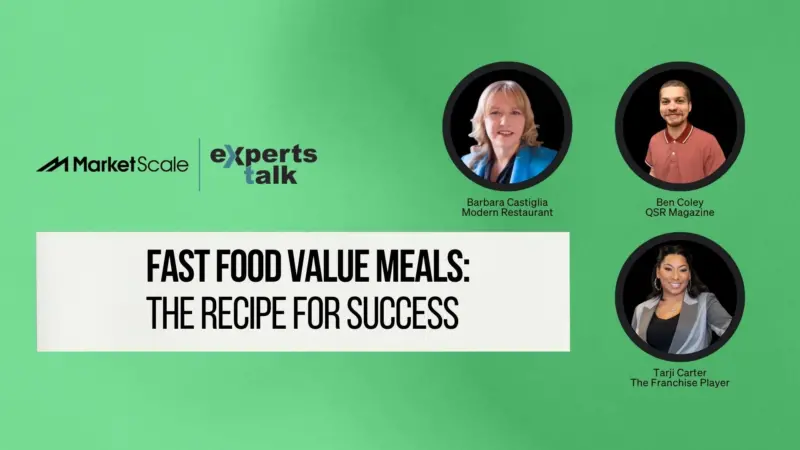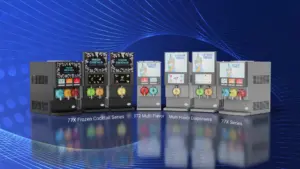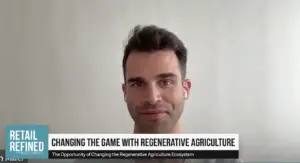Clean Labels: Revitalizing an Ingredient List With Acacia Gum
It is far from a consensus on what constitutes a “clean label.”
Despite the disagreement, food brands must respond to growing consumer demands for cleaner and greener labels. The sales speak for themselves, with the clean label market reaching $62 billion in North America, and $165 billion around the world. In 2016, 35% of new product launches included a “clean label” tag, likely in anticipation of the projected global market of $180 billion by 2020.
Though the definition is murky, clean label food gives the perception of being made with entirely clean ingredients. Surveys show that 98% of consumers see ingredients as a major consideration when shopping for food, making the ingredient list a key consumer touchpoint.
For consumers to be impressed by a product’s label, it must be concise. Short ingredient lists convey fewer steps in processing and appear more natural, especially to natural-focused groups like millennials. So the ingredient list itself is the best way to impress a consumer with a label.
Acacia gum is a perfect candidate to refresh an ingredient list.
Fat-free, low-sugar and with few calories, acacia gum is soluble fiber and minimizes processing. Moreover, with Non-GMO, kosher, halal and sustainable sourcing characteristics, acacia gum is a star for food brands that want to take advantage of the new scrutiny that ingredient lists are receiving. Acacia gum thus turn a potential obstacle into a powerful branding opportunity.








